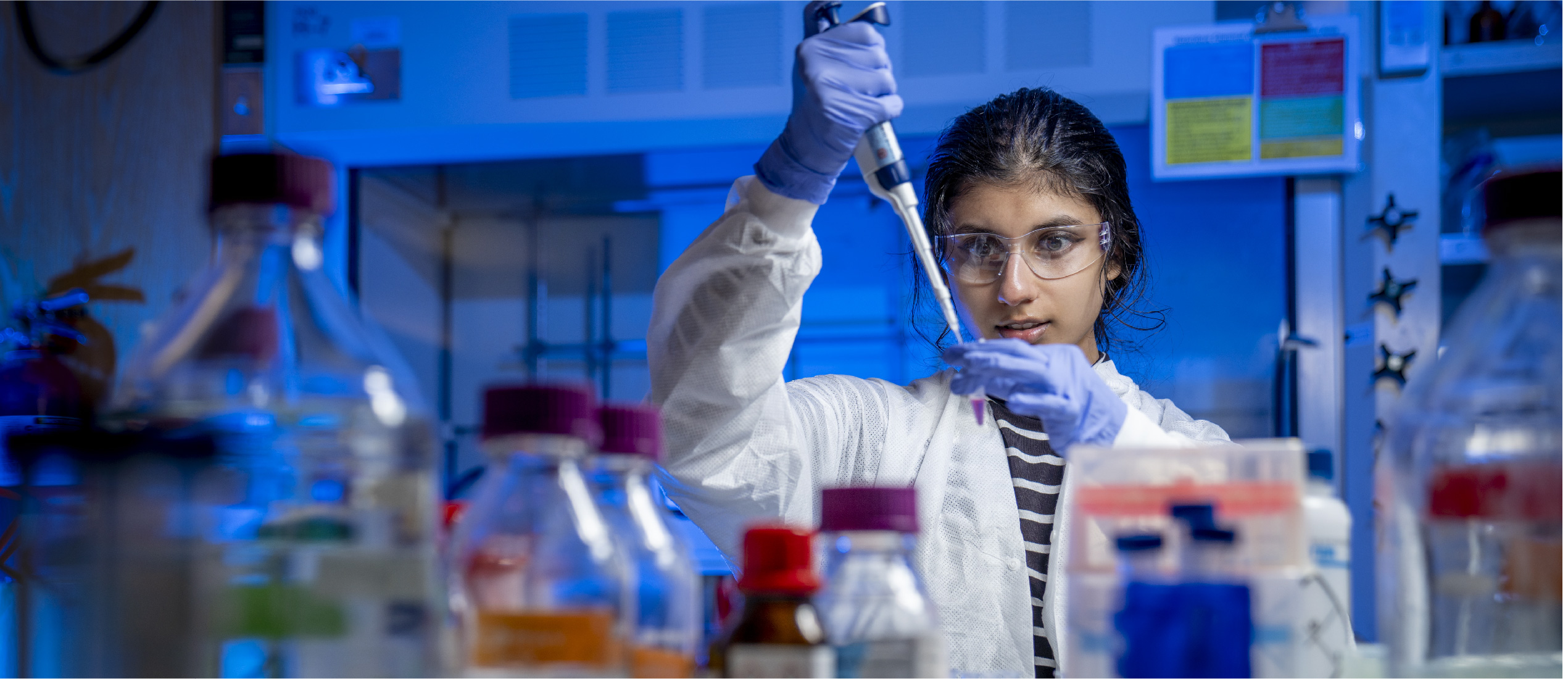History of the Department
Biological Sciences at Vanderbilt University
In 1940, German biophysicist Max Delbrück joined the Department of Physics at Vanderbilt, but conducted his research in Buttrick Hall with the biologists housed there. In 1947, Dr. Delbrück proposed a new Department of Molecular Biology at Vanderbilt, but that proposal was turned down by university leadership. As a result, Dr. Delbrück moved to the California Institute of Technology. Subsequently, the university reversed course on that decision and in 1963 Oscar Touster (previously a professor of biochemistry at Vanderbilt Medical School) was named chair of the newly established Department of Molecular Biology. The department was housed in two places: the molecular biology building in the Stevenson Center complex within the College of Arts and Science and in Learned Lab in the Vanderbilt School of Medicine. At that time the original biology department continued; therefore, Vanderbilt University had two departments studying biology. In 1992, Dr. Touster retired and was replaced by Dr. James Staros.
In 2002, the Department of Biology, chaired by Dr. Terry Page, and the Department of Molecular Biology, chaired by Dr. Staros, were merged into the current Department of Biological Sciences, housed in the newly completed Medical Research Building III. Prior to that, the department was located in Benson Science Hall (built in 1880) and then Buttrick Hall (built in 1928).
Notable Vanderbilt Biologists & Connections
Elsie Quarterman was a groundbreaking ecologist and member of the Vanderbilt faculty and biology department from 1944-1976, joining at a time when female faculty were rare. In 1964 she was named chair of the department—the first woman to serve as a department chair at Vanderbilt. In addition to her scientific accomplishments in documenting the ecology of Tennessee, she was also instrumental in preserving Radnor Lake, Savage Gulf, and the unique cedar glade habitats in middle Tennessee. Dr. Quarterman was part of a core group of scientists who brought credibility to the scientific argument of preserving Radnor Lake as a State Natural Area and was centrally important in the original “Save Radnor Lake” organization. As a result, Radnor Lake State Natural Area was established in 1973 as Tennessee’s first official State Natural Area. One of Dr. Quarterman’s most famous scientific accomplishments was the rediscovery of the iconic Tennessee coneflower of the cedar glades, thought to be extinct for many decades.
While he was a professor at Vanderbilt, Max Delbrück developed a collaborative relationship with Salvadore Luria, who was based at Indiana University at that time. Together the two used research on bacteriophages culminating in the Luria–Delbrück Experiment (also called the Fluctuation Test) which demonstrated how spontaneous random mutations and natural selection underpin Darwin’s theory of evolution. Luria and Delbrück received the Nobel prize for their work in 1969.
One of Dr. Touster’s early hires was the biophysicist Leonard Lerman, whose post-doctoral fellow Sidney Altman would go on to win the Nobel Prize in 1989 for the discovery of catalytic RNA.

